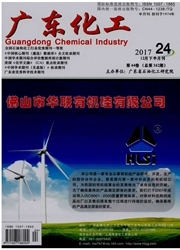

 中文摘要:
中文摘要:
海洋污损生物在海水管线内壁的附着,会减少流量,引发堵塞。双壳类、无柄蔓足类、管栖多毛类、水螅和苔藓虫等是常见类群,优势种通常为紫贻贝(Mytilus edulis)及翡翠贻贝(Perna viridis);另外,污损生物种类组成还与海区所处的地理位置及环境状况密切相关。将来研究应着重于污损生物群落的种类组成、结构特点、优势种生物学及附着机理等方面的探讨,并加强多学科的交叉协作,以开发高效环保的海洋污损生物防除控制体系。
 英文摘要:
英文摘要:
Marine fouling in seawater pipelines can decrease the carrying capacity and even cause obstruction. The major fouling groups are composed of bivalves, acorn barnacles, sedentary polychaetes, hydroids and bryozoans. Of them, the dominant species are normally mussels, i.e. Mytilus edulis and Perna viridis. Moreover, the fouling species is closely related to the geographic location and local environmental factors. Future work should be focused on the species components, community features, dominant species biology and their attachment mechanisms. Further multidisciplinary cooperation in marine biology, chemistry and material science should be improved also to develop effective and environmental friendly fouling control systems for seawater pipelines.
 同期刊论文项目
同期刊论文项目
 同项目期刊论文
同项目期刊论文
 期刊信息
期刊信息
